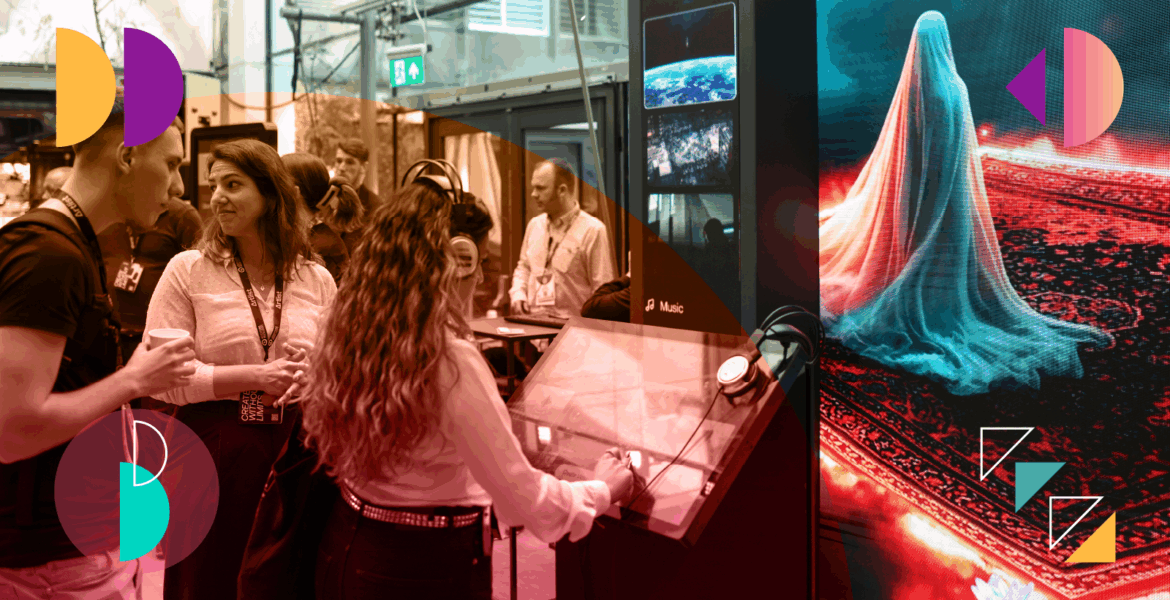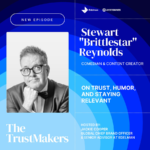By Jeff Snyder, founder and chief inspiration officer at Inspira
Viral moments are easy to chase and even easier to forget. They generate short-term attention but rarely deliver long-term value. In today’s fast-scroll environment, where brand impressions are as fleeting as a thumb swipe, live brand experiences offer a rare opportunity to connect deeply, memorably and meaningfully.
Experiential marketing, when thoughtfully integrated into a larger strategy, offers something different. It gives audiences a reason to engage, participate and remember. But more importantly, it creates a force that can extend well beyond the life of a single event.
From Flash to Framework
Grabbing attention is the first step, not the end goal. While eye-catching brand activations can ignite excitement, that momentum fades quickly unless it’s harnessed by strategy.
The most forward-thinking brands understand that the true value of experiential lies not only in the experience itself but in the content it generates. Diverse, high-quality, story-driven content can extend the life of the moment across months of marketing. Go beyond highlight reels. Capture real-time reactions, authentic testimonials, behind-the-scenes narratives, visual assets designed for social and most critically, user-generated content that builds credibility and reach.
When planned with intention, this content becomes the foundation for a strong campaign. One well-executed experience can power follow-up emails, retargeting ads, blog posts, social content and PR outreach, weaving a single event into the broader marketing architecture. These pieces all fit into a larger integrated marketing strategy where every channel plays its own part.
To be effective, experiential should not stand apart. It should integrate seamlessly into a brand’s multi-channel framework. Messaging may evolve between formats—from a 15-second TikTok to a long-form blog—but the brand story must remain consistent, reinforcing a unified goal across every platform.
Measuring What Matters
Traditional metrics like foot traffic and impressions still matter, but they don’t tell the full story. To truly understand impact, brands need to go deeper.
When it comes to measuring the impact of experiential marketing, brands need to look beyond the obvious metrics. Think brand sentiment, purchase intent, referral rates and even dwell time. These are the signals that indicate what people felt, not just what they saw and are the key drivers behind retention, advocacy and ultimately, long-term growth.
Consider the example of International Delight’s Cold Foam House at Coachella. The product was on-trend—iced coffee, coffeehouse vibes, Gen Z relevance—but the experience made more waves than the product itself.
The activation transformed a product launch into a multi-sensory, multi-platform event. From an oversized bar designed for Instagram and a DJ booth modeled after their creamer cans to a giant swing in the shape of a coffee cup, the experience was crafted for maximum engagement and shareability.
The results spoke volumes: over 357 million earned and influencer impressions, 33,000 product samples distributed and an average dwell time of 26 minutes. Nearly 20% of attendees returned, proof that the experience resonated far beyond the moment.
Blueprints for Building Momentum
The Cold Foam House wasn’t a stunt. It was a strategy. For brands aiming to do more than just make noise, the takeaways are clear—and critical to long-term success.
It started with knowing the audience. International Delight chose Coachella because 73% of attendees were between 18 and 34, perfectly aligned with their target demographic. The team treated content as an asset, not an afterthought—capturing it intentionally and deploying it strategically across platforms. They didn’t just build something to be seen; they designed an experience that invited participation. From the DJ booth modeled after their creamer cans to a coffee-cup swing that demanded a selfie, every element was built to be shared.
Experiential marketing, at its best, is not a standalone tactic. It’s a strategic pillar that shapes perception, deepens engagement and fuels brand storytelling across every channel. In 2025 and beyond, the brands that thrive won’t be those that chase short-term attention. They’ll be the ones that engineer long-term relevance.
About the Author
Jeff Snyder is the founder and chief inspiration officer at Inspira, an integrated marketing agency headquartered in Norwalk, Conn., with offices in New York City, Chicago and San Diego. With more than 20 years of experience, Snyder leads his agency’s growth by focusing on prioritizing relationships and creative excellence to deliver exceptional work for both established and emerging brands.











